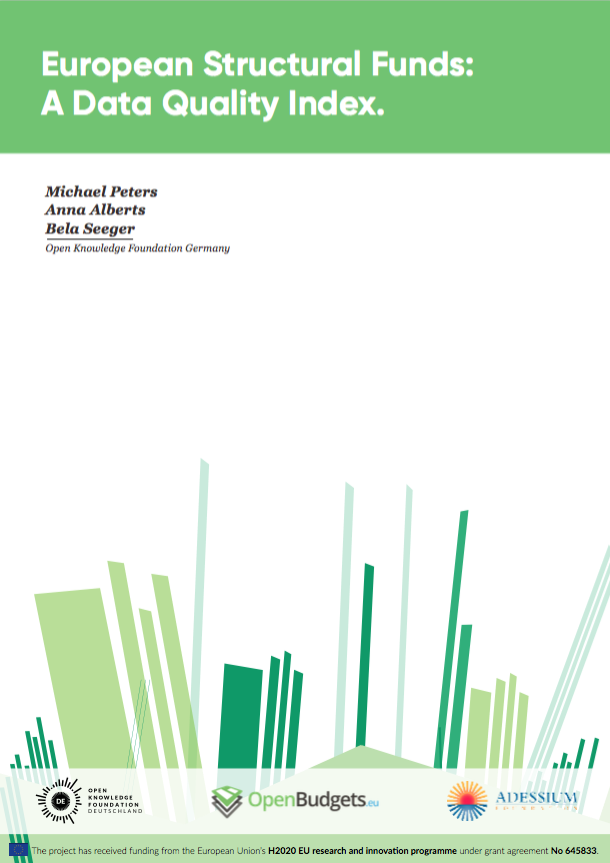European Structural Funds: A Data Quality Index.
Apr 3, 2017
For the project SubsidyStories.eu we collected all European Structural and Investment Funds (ESIF) beneficiary data from all 28 EU member states and turned it into actual Open Data. Subsidystories.eu is a tool that enables the user to visualize, analyze and compare subsidy data across the European Union thereby enhancing transparency and accountability in Europe. Here we want to go into detail on the difficulties we encountered obtaining, cleaning and standardising the data and thereby turning it into Open Data.
So how do EU subsidies work anyways? The EU spends about 638 billion (59%) of its 1082 billion Euro budget for the 2014-2020 funding period on the ESIF funds, basically redistributing the money back to the member states, which then fund local beneficiaries for projects. EU regulations oblige the member states to publish the beneficiary data online - showing what projects are financed to what extent. Ideally this could be found on one central EU website, however, being the EU, the data is published in country (and region) specific portals run by the member states.
This report sheds light on the quality of that data and ranks it accordingly. The ranking is based on the combination of two scores: Portal and Data Quality. The portal score is based on the overall usability and accessibility of the portal, English translations and the openness of the data formats. Poland, Bulgaria, Slovenia, and Lithuania get the highest scores for the portal. The Data Quality score ranks the member states based on the completeness of the datasets and the number of variables provided. High scoring countries such as Denmark, Germany and the United Kingdom offer the most complete dataset, detailing information beneficiaries, projects, requested sums, dates, and locations in machine readable format.

